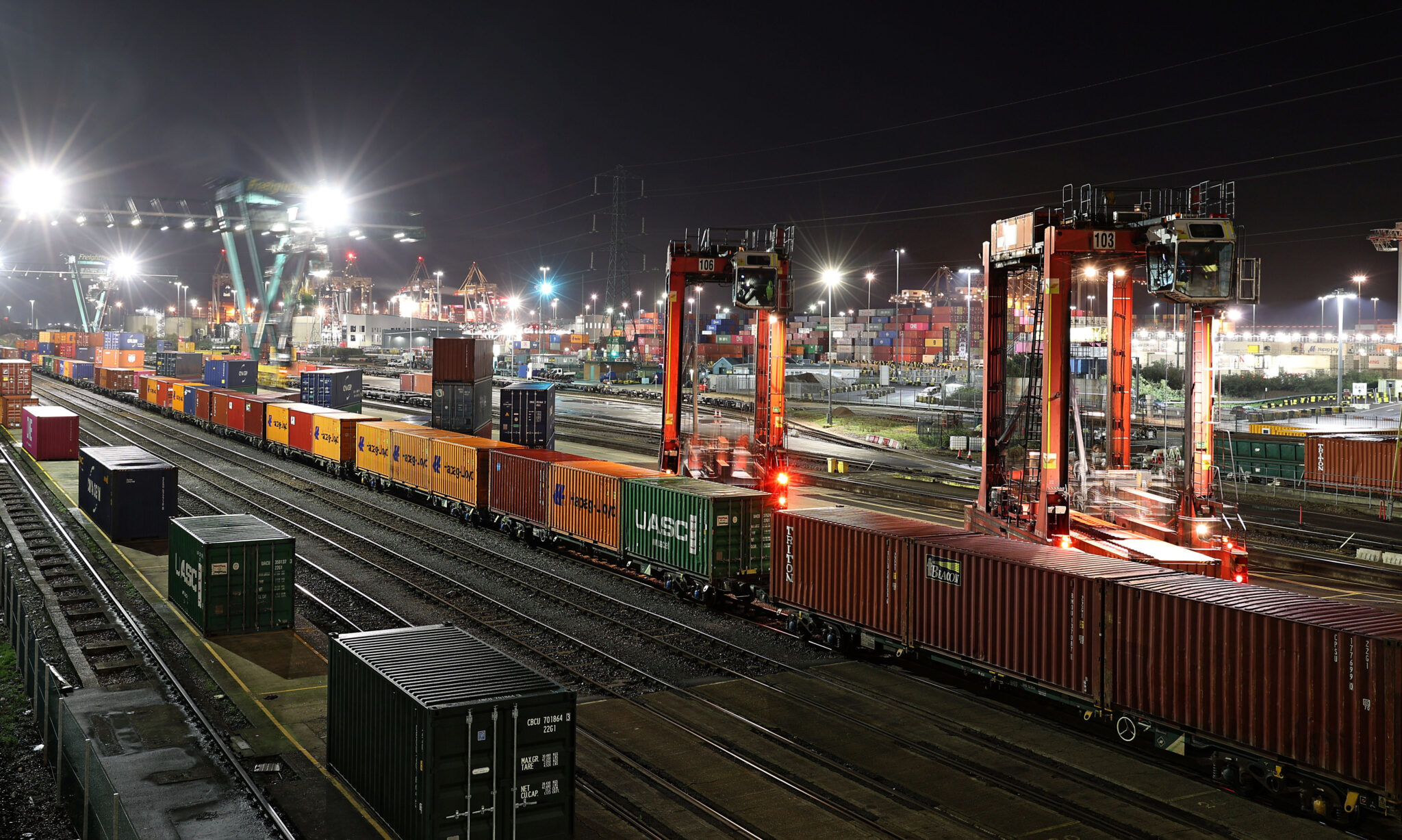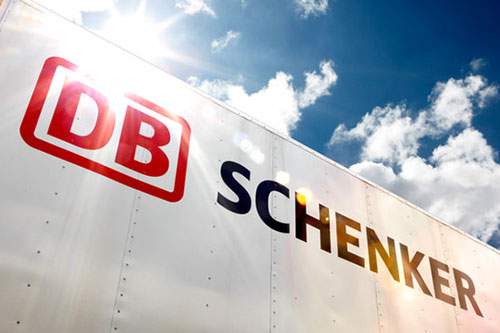DP World has recorded the 100,000th container moved by rail from its Southampton logistics hub as part of its award-winning and carbon emission reducing Modal Shift Programme trial.
The share of rail freight for onward journeys by containers arriving by sea at DP World Southampton has risen from 21% at the start of the programme to more than 30% today. The increase means 100,000 more containers have started their onward journey by rail than without the incentive. The landmark 100,000th container departed Southampton by freight train carrying goods being shipped for major retailer Halfords.
In reaching this total the Modal Shift Programme has removed more than 25,000 tonnes of CO₂e from supply chains, cut road congestion by shifting approximately 8 million road miles to rail freight. DP World now aims to further increase the share of rail freight towards 40% in 2026.
John Trenchard, Vice President – Commercial & Supply Chain, DP World in the UK, said: “I would like to thank all our customers who have embraced the Modal Shift Programme and made the positive choice to use rail as a lower carbon option for their international supply chains through DP World Southampton. Reaching this groundbreaking milestone of an additional 100,000 containers moved by rail rather than road is a testament to the hard work and dedication of our team to make the Modal Shift Programme trial the success it is now.
“This is a unique programme that sits at the heart of DP World’s ambition to offer market leading, more sustainable options to our supply chain partners in the UK. Through a combination of detailed analysis, customer engagement and responding to new market trends, we have further refined the programme trial since its launch in September 2023 and set our sights on continued growth in the share of rail freight for the onward journeys all containers make after arriving at Southampton.”
Emma Tillsley, International Logistics and Customs Manager at Halfords, said: “We’re committed to reducing emissions from all parts of our supply chain. Moving freight from road to rail is an important part of that strategy. We’re thrilled to learn that a container carrying Halfords products was the 100,000th to be moved by rail from Southampton under this DP World programme. The reduction of CO₂e, coupled with the added benefits of a reliable rail service, has provided a first-class overall service for our logistics network.”
The programme pays customers a direct financial incentive for each import laden container moved by rail from DP World Southampton to a railhead within 140 miles. DP World’s Modal Shift Programme trial has now resulted in the establishment of four new daily cargo rail services from Southampton to Birmingham, Cardiff, East Midlands Gateway and Doncaster and helped DP World win both the ‘Business of the Year’ and the ‘Driving Rail Freight Growth’ awards at last year’s Rail Freight Group honours event and an edie decarbonisation award for ‘Transport and Mobility Project of the Year’.
The milestone follows a recent announcement from DP World that its Carbon Inset Programme – a world first at a container port – has also registered more than 100,000 TEUs worth of import laden containers by cargo owners in its first two months. Launched in January, the Carbon Inset Programme rewards importers with 50kg CO₂e of carbon inset credits for every loaded import container they move through DP World’s London Gateway and Southampton terminals.
In addition to its hubs at Southampton and London Gateway, DP World’s offer includes logistics, forwarding and European transport capabilities, all of which are being integrated into the company’s global network. Operating in 78 countries, DP World handles 10 per cent of global containerised trade.
similar news




